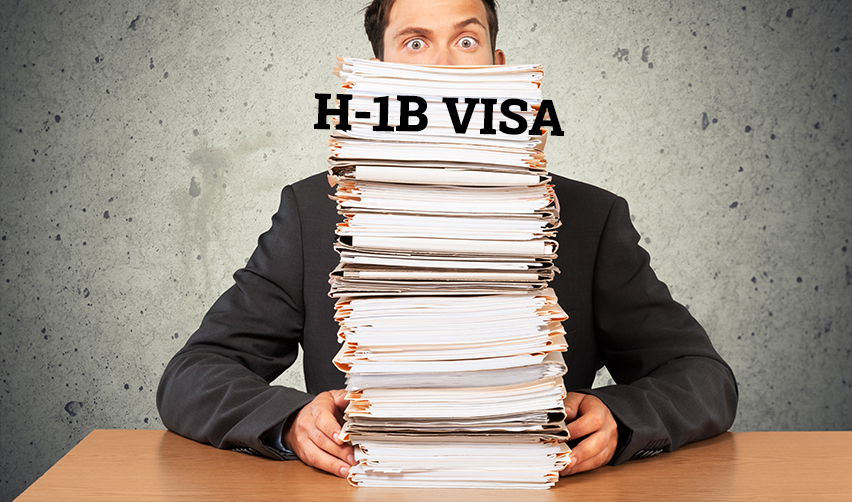As we approach the end of 2023, the U.S. Citizenship and Immigration Services (USCIS) has announced that the H-1B visa cap has been reached for this fiscal year for both the 65,000 H-1B visa regular cap and the 20,000 H-1B visa U.S. advanced degree exemption for Fiscal Year 2024. This news comes as a significant development for thousands of hopeful professionals and students, particularly those from countries like India and China, who see the H-1B visa as a pathway to working in the United States. However, for many, this announcement brings a wave of uncertainty and the need to explore alternative options.
One such compelling alternative is the EB-5 Immigrant Investor Program. This program provides a unique opportunity for individuals and their families to obtain a U.S. green card by investing in the U.S. economy. Here’s an overview of why the EB-5 visa can be an excellent alternative to the H-1B visa, especially for those who didn’t make the cap.
Understanding the EB-5 Visa Program
The Investment Aspect
Benefits of the EB-5 Visa Over H-1B
The EB-5 Application Process
A Note of Caution for EB-5 Investors
Conclusion
Understanding the EB-5 Visa Program
The EB-5 visa program, introduced in 1990, is designed to stimulate the U.S. economy through job creation and capital investment by foreign investors. Under this program, entrepreneurs (and their spouses and unmarried children under 21) are eligible to apply for a green card (permanent residence) if they:
Make the necessary investment in a commercial enterprise in the United States; and Plan to create or preserve 10 permanent full-time jobs for qualified U.S. workers.
The Investment Aspect
The EB-5 program requires a minimum investment of $1,050,000 or $800,000, if the investment is made in a targeted employment area (TEA) – a rural area or an area with high unemployment. This investment can be made directly in a business or through an EB-5 Regional Center, which are organizations designated by USCIS to promote economic growth in specific areas.
Benefits of the EB-5 Visa Over H-1B
Path to Green Card: Unlike the H-1B visa, which is a non-immigrant visa, the EB-5 leads directly to a green card, offering permanent residency in the U.S.
No Sponsor Required: EB-5 applicants do not need a U.S. employer to sponsor their visa. This independence is a significant advantage over the H-1B visa, which is employer-dependent.
Flexibility in Employment: Once you obtain a green card through the EB-5 program, you have greater flexibility in terms of employment. You are not tied to a specific employer or job and can pursue other professional interests.
Family Inclusion: The EB-5 visa allows the primary applicant, their spouse, and unmarried children under 21 years of age to apply for a green card, ensuring family unity.
The EB-5 Application Process
The EB-5 visa application process involves several steps, including selecting a suitable EB-5 project, investing the required capital, preparing source of funds documentation, and filing the necessary petitions with USCIS. It’s crucial to ensure that all steps are followed correctly and efficiently, often necessitating the guidance of an experienced EB-5 immigration attorney.
A Note of Caution for EB-5 Investors
While the EB-5 program offers numerous advantages, it’s important to conduct thorough due diligence before investing. Prospective investors should assess the viability of available EB-5 project they are investing in and understand the risks involved. With the new EB-5 reserved visa set asides and the ability to concurrently file and adjust status immediately, EB-5 investments are no longer “one size fits all”.
Conclusion
For those affected by the H-1B cap, the EB-5 visa offers a viable and potentially rewarding pathway to living and working in the United States. It’s an investment not just in the U.S. economy, but in one’s future and the future of their family. As we move forward into 2024, it’s worth considering the EB-5 visa as a strategic alternative to the H-1B visa, especially for those with the means to invest in their American dream.











